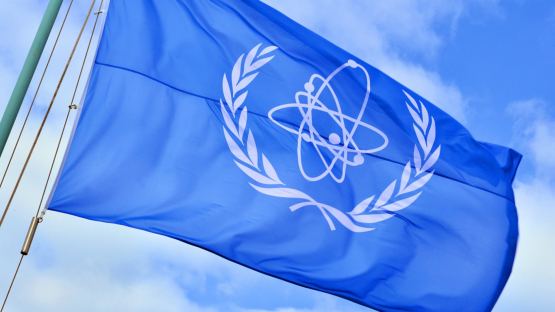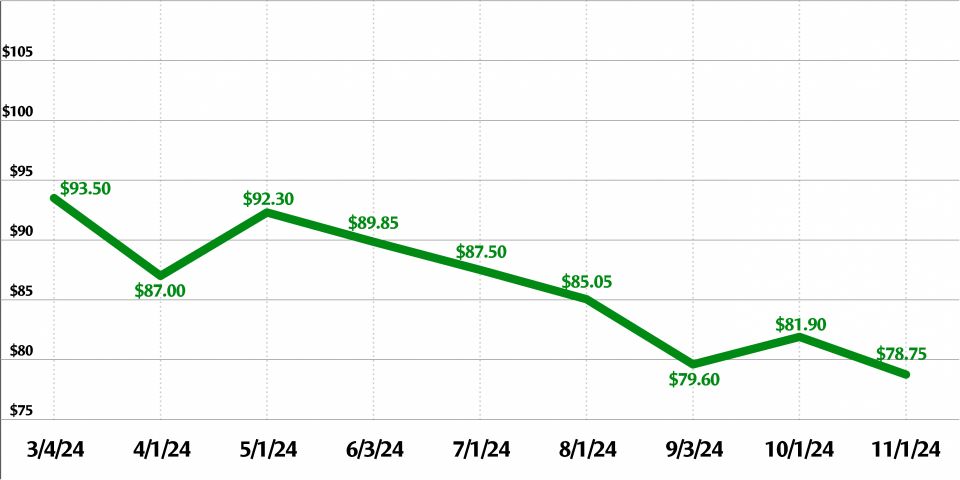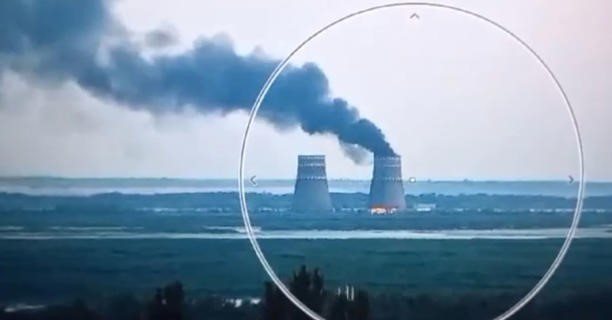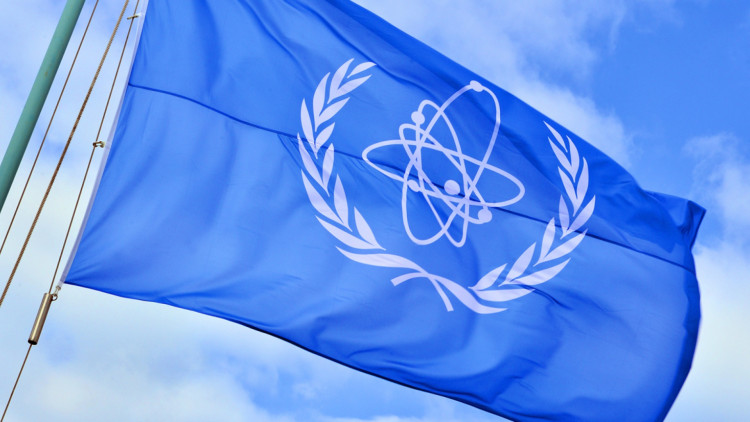Nuclear development in the West needs new, better financing models
The prospects for new nuclear energy construction in the Western world is the subject of a recent The Economist article, “Energy security gives climate-friendly nuclear-power plants a new appeal.” The article also explores the difficulties that EDF Energy has been experiencing in constructing its EPRs in Europe.
Overrunning schedules and budgets: Hinkley Point C nuclear power plant in the United Kingdom, which is based on the EPR design, has been under construction for four years Already, it is two years behind schedule and far over the expected budget. The article characterizes the cost and schedule problems of the project as “an example of the industry’s current problems” that “make it hard for nuclear to compete with ever-cheapening renewable energy.”
Additional problems faced by EDF Energy include schedule delays with other EPR construction projects, corrosion issues that have led to reactor shutdowns, and French government restrictions that have adversely impacted the company’s profits.
West versus East: The construction and cost problems that EDF Energy and other nuclear energy companies are dealing with in Western nations contrast starkly with the faster pace of nuclear energy construction in Russia and China. Russia’s state-owned Rosatom was planning to build a number of new reactors in the European Union. Sanctions related to Russia’s invasion of Ukraine, however, have put most of those plans on hold. Consequently, European nations are now “in search of new companies to build” nuclear reactors. Meanwhile, European energy needs continue to be dependent on natural gas supplies from Russia.
The energy and economic fallout from the war in Ukraine has made this point abundantly clear: more nuclear power plants would reduce Western dependence on Russia and enhance energy security while simultaneously helping mitigate the effects of climate change. There is the promise of small modular reactors, but they remain in early stages of development. Thus, the “only proven form of nuclear power that can be expected to provide fresh gigawatts to rich-country grids in the 2030s is the form that is around today: big, slow-to-build, and cumbersome reactors like the EPR.”
Tending toward the crufty: The need has never been greater to build nuclear power plants better, quicker, and less expensively, but this is the crux of the issue: “No Western country has a workforce with experience in making the [reactors] both well and quickly . . . . Supply chains are not only hugely complicated but also bespoke, not routine. They thus tend towards the crufty. This results in failure reinforcing failure. Building goes badly; investors, aware of the risks of delay or cancellation, charge a lot for the money they provide; demand for new plants goes down; no one learns to do the building better.”
So, what is the solution? The article suggests that “both better building and new financing models” are needed. For example, construction of the second Hinkley Point C reactor is said to be proceeding 30 percent faster than the first reactor as a result of new planning and prefabrication techniques, such as the building of reactor components at off-site facilities rather than in situ. Financing reform such as the regulated asset base, in which interest payments are charged to consumers’ bills during the construction period, is designed to reduce the principal on which interest is paid in the future, which thereby reduces overall costs. Using methods like these would help Western countries achieve their nuclear goals amid concerns about the climate and security.









